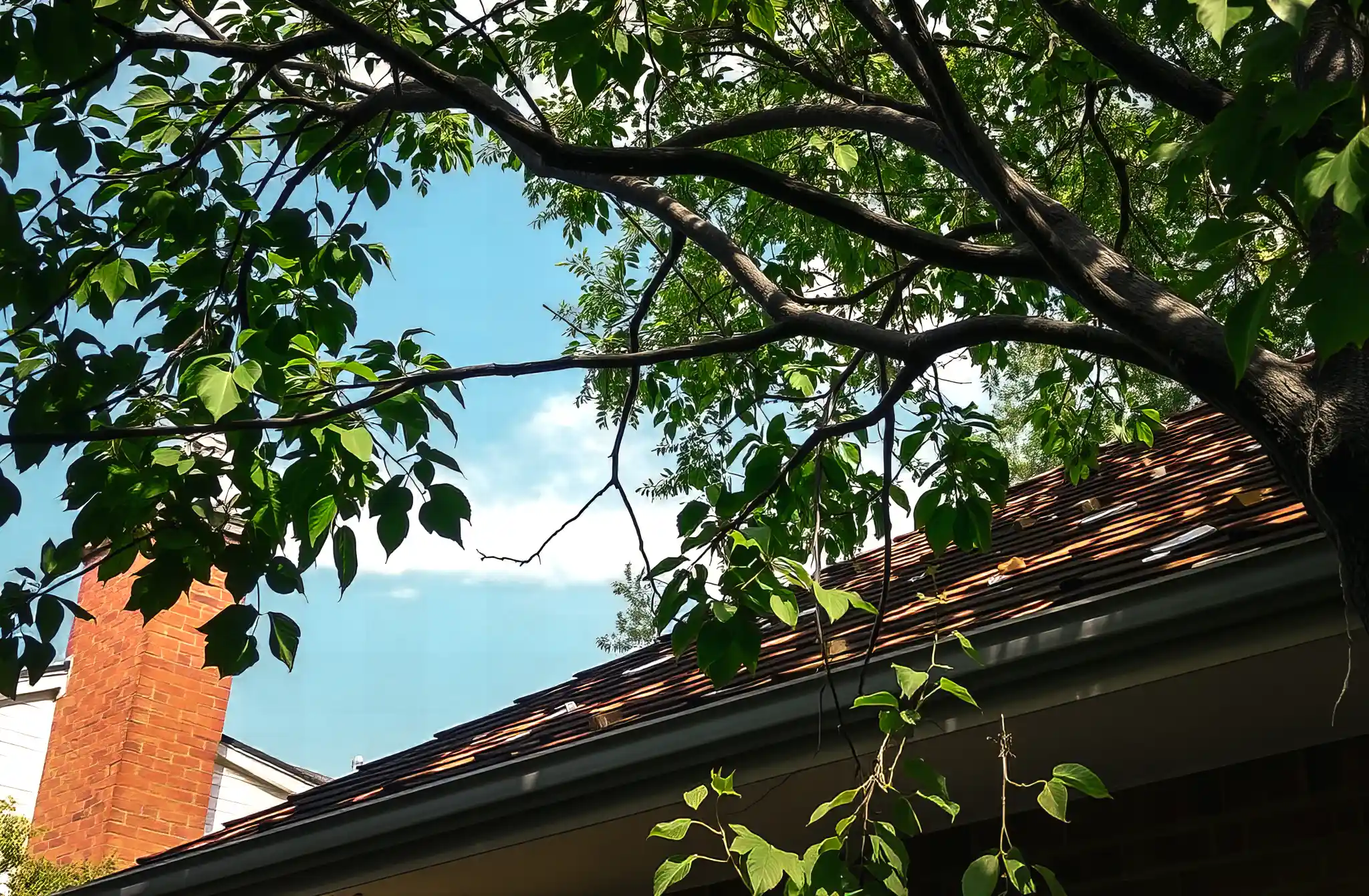Quick navigation:
Switching to solar power is one of the most cost-effective investments you can make in your home. However, the total cost of solar panel installation depends on several factors that can vary based on your energy needs, roof structure, and location – especially for New York homeowners. Having an understanding of these factors will help you make a well-informed decision and get the best return on your investment. In this article, we will dive into the Top 5 Factors That Can Impact Solar Installation Cost.
Your Electric Bill Amount
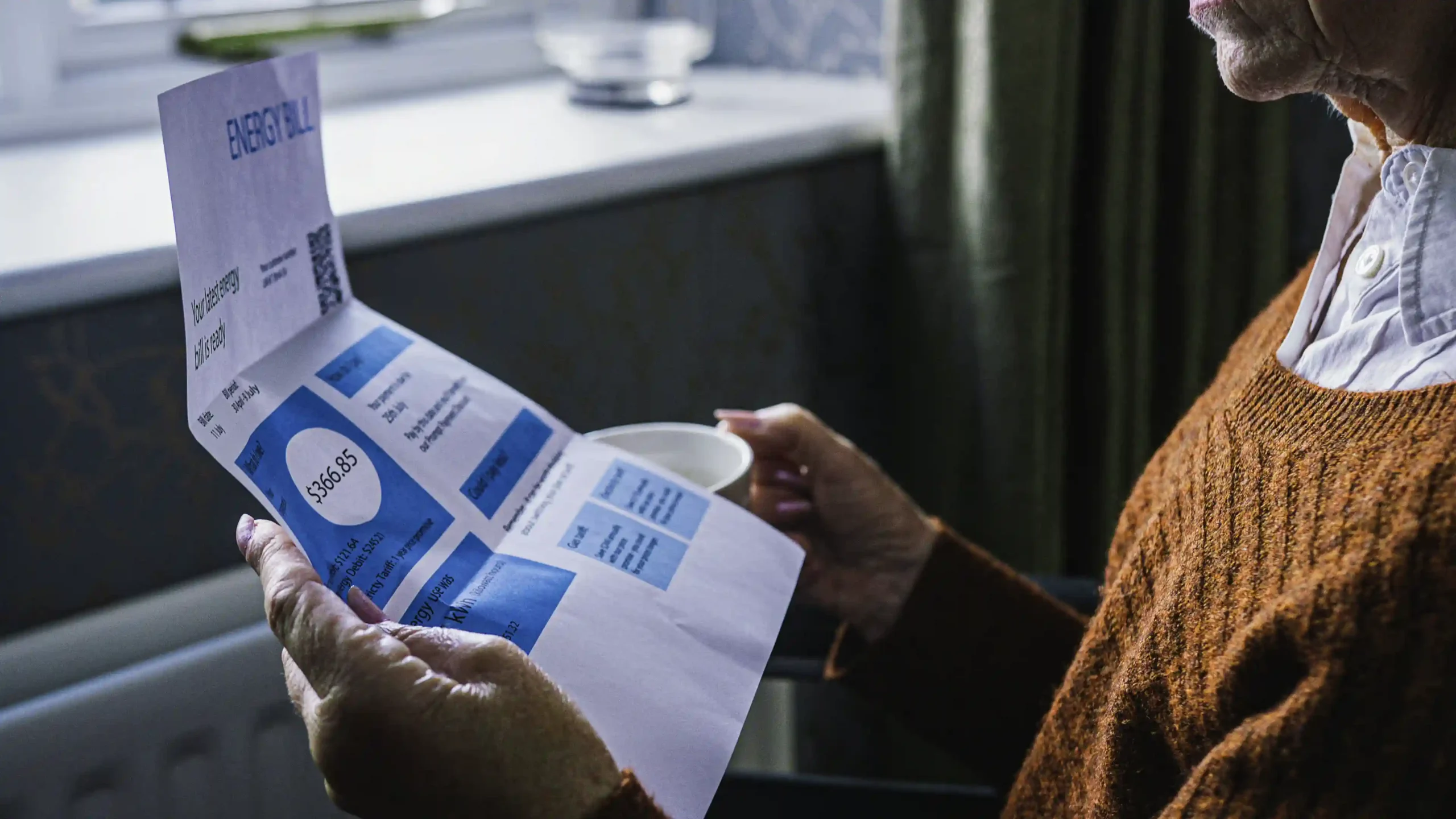
Your electric bill is one of the most critical factors influencing the size and cost of your solar panel system. The more electricity your household consumes, the larger your solar system must be to offset that usage. However, high electricity usage can also mean a much greater long-term savings since your panels will eliminate a significant portion of your electricity costs.
How Energy Usage Affects System Size
The cost of your solar panel system is directly influenced by your energy usage, which determines the system size (e.g., 5 kW vs. 12 kW). Knowing your monthly electric bill helps estimate the cost of solar panels per kW for your home, making it easier to calculate the system size you need.
For example:
- A home with a $300 monthly electric bill will require a much larger system than a home with a $100 average electric bill.
- A homeowner with a $150 electric bill might need a 5 kW system, while someone with a $350 electric bill might need a 12 kW system to offset the same percentage of their energy usage.
High Energy Bills = Greater Savings Potential
Larger systems will naturally come with a higher cost due to the need for more panels, additional mounting hardware, and more complex electrical work. However, larger systems offer much greater long-term savings because they offset more electricity.
Many all-electric homes in New York can easily face monthly electricity bills of $500 or more, especially during peak heating or cooling seasons. Someone paying $500 a month will spend $6,000 per year just to power their home. Over the course of 10 years, that adds up to a staggering $60,000 and that’s assuming utility rates don’t increase.
With rising energy costs, that number could be significantly higher. Installing solar can dramatically reduce or even eliminate these costs, offering long-term protection against unpredictable utility rate hikes and leading to substantial savings over time.
In areas like New York, where electricity rates have risen substantially in recent years, going solar can protect you from future rate increases. Over the lifespan of your solar installation (30+ years) this can translate to tens, if not hundreds, of thousands of dollars in savings.
Tip: To get the most accurate system size and cost estimate, ask your installer to analyze your past 12 months of electric usage. This ensures your system is tailored to meet your energy needs and maximizes your savings.
Roof Age & Size
How Roof Age Affects Solar Installation Costs
Your roof’s condition and size are major factors that will affect the cost of your solar installation. Since solar panels are designed to last for several decades, it’s essential to ensure that your roof won’t need to be replaced shortly after installation. Additionally, if your roof has older “three tab” shingles, it will need to be replaced before solar installation, which can increase costs. However, bundling your solar installation with a new roof can be a very cost effective way to replace your roof since your savings can more than offset the cost of a new roof.
How Roof Size Influences Solar Costs
The size of your roof determines how many solar panels you can fit on your roof and whether or not you can fully offset your electricity usage. A larger roof allows for more panels, which increases your system’s capacity to generate energy but also increases installation costs due to the need for more materials and labor.
Factors to consider:
- Large Roofs: More space means you can install a larger system, potentially covering all your energy needs. However, this also involves higher upfront costs due to more panels and labor.
- Small Roofs: Limited space may require using higher-efficiency panels, which are more expensive but produce more power per square foot.
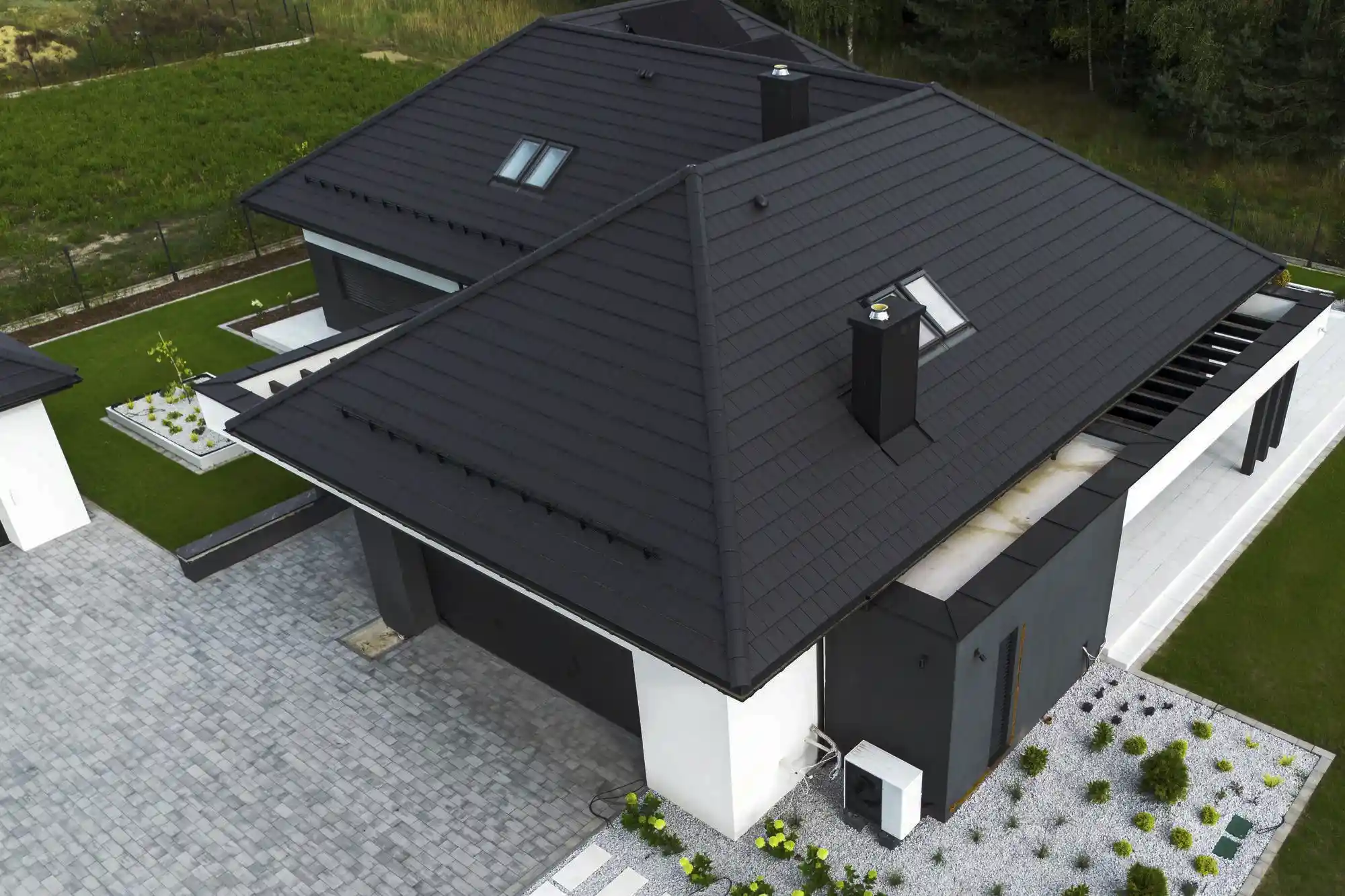
Beyond size and age, the complexity of your roof’s design can significantly impact installation costs. Roofs with multiple angles, steep pitches, or unique features require more time to design and install, leading to higher labor costs.
Common roof complexities that affect pricing:
- Steep Pitches: Require additional safety measures and specialized mounting hardware.
- Multiple Levels or Roof Faces: More complex designs demand custom layouts and extra labor.
- Obstructions: Skylights, chimneys, or vents can limit usable space and complicate panel placement.
Tip: Working with an installer that offers in-house roofing services, like Empire Solar, can streamline the process and save you money compared to hiring separate contractors for roofing and solar installation.
Check if your roof is solar-ready
Schedule your free consultation with Empire Solar ➜
Sun Exposure (Azimuth and Shade)
The amount of sunlight your roof receives directly affects how efficient your solar panels will be, which in turn impacts your overall savings. Factors like which direction your roof faces (azimuth) and shading from nearby trees or structures can influence your system’s design and performance.
- A south-facing roof typically gets the most sun exposure and maximizes solar energy production.
- Contrary to popular belief, east- or west-facing roofs are still suitable for solar. They just require a few additional panels to generate as much as a south facing roof.
- Shaded roofs may require tree removal or alternative placement to ensure optimal performance.
The Importance of Roof Orientation and Material
Roof orientation and material type also play a role in determining solar installation costs:
- South-facing roofs offer the best sun exposure, reducing the number of panels required to meet energy needs.
- East- or west-facing roofs may need more panels to generate the same energy output, increasing costs.
- Roofing materials and roofing types like metal or flat roofs may require specialized mounts or drilling techniques, adding to labor and material expenses.
Tip: A professional installer will evaluate your property’s solar potential using advanced tools to design a system that delivers maximum output, even in less-than-ideal conditions.
Eligibility for Incentives
State and federal incentives can significantly reduce the upfront cost of a solar installation. Programs like the Federal Solar Tax Credit (ITC) and New York’s NY-Sun Initiative offer rebates and credits that can lower the project cost by 50% or more. However, eligibility for these incentives can depend on factors like:
- Whether you own the system or lease it.
- Income and tax liability
- The timing of your installation, as incentives may change or expire.
Owning Or Leasing Your Panels
Homeowners who own their solar panels see much greater savings compared to those who only lease their panels. That’s because homeowners who own their panels get access to all of the incentives available to them while those who lease their panels only have limited access to incentives (if any).
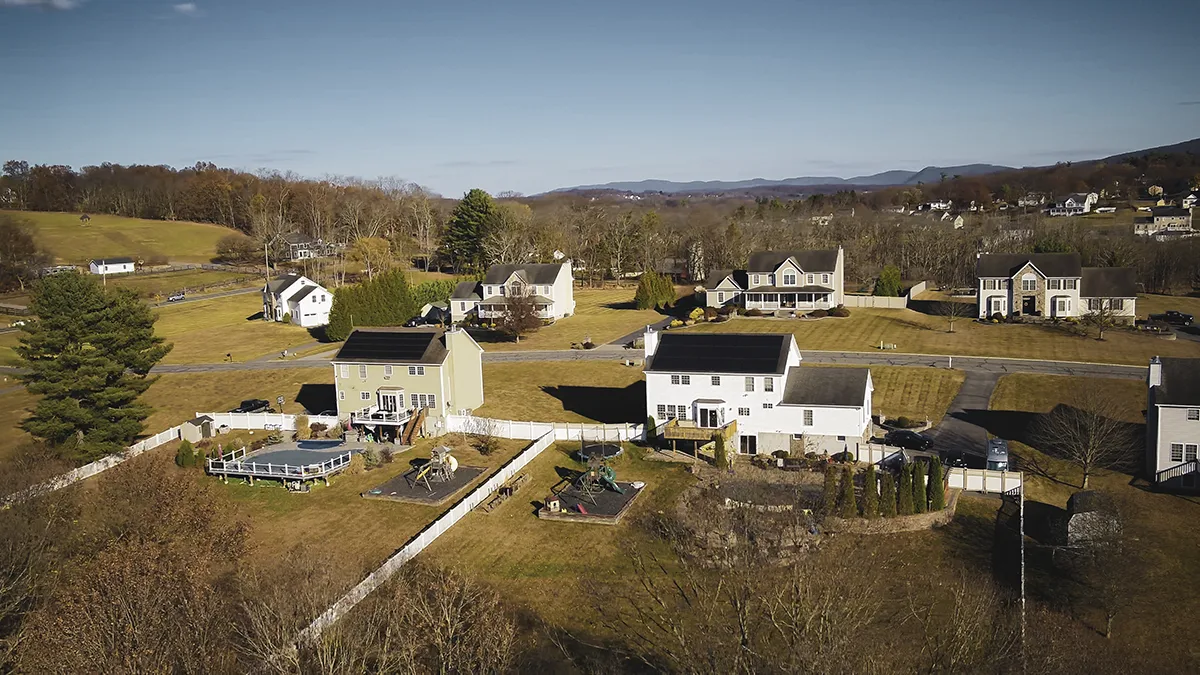
The Federal ITC is a tax credit equal to 30% of the total installation cost, and is only available to those who own their solar panels. Homeowners who lease their panels must forfeit this incentive to the solar installation company which greatly reduces the financial benefits of installing solar panels.
The NYSERDA Rebate is an upfront incentive that can lower the cost of your solar project by up to $5,000. However, this rebate is only available to homeowners who purchase their solar panels. Those who choose to lease their panels are not eligible to claim the rebate directly and are required to transfer it to the solar installer instead.
New York State’s Solar Tax Credit works similarly to the Federal Investment Tax Credit (ITC), but instead of applying to your federal income taxes, it provides a refund on your state income taxes. The credit covers 25% of the total installation cost, up to a maximum of $5,000. This tax credit is the only incentive available to homeowners who lease their solar panels; however, it must be claimed over several years based on their annual lease payments. For example, if your solar lease payment is $150 per month ($1,800 per year), it would take three years to claim the full credit. Homeowners who purchase their system can claim the entire credit in a single year, provided they have sufficient state tax liability.
Income & Tax Liability
Generally, households with a taxable income of $55,000 or more can take full advantage of these incentives within 1-2 tax cycles, significantly lowering the overall cost of going solar. However, homeowners with little to no tax liability may not be able to fully benefit from tax credits and should consider leasing solar panels instead. Leasing allows them to enjoy the benefits of solar energy such as lower electricity bills and a reduced carbon footprint without missing out on potential financial savings. In fact, this is one of the few scenarios where leasing may be a better option than purchasing solar panels, as it eliminates the need to rely on tax credits for savings. Consulting with a tax professional can help determine the best option based on your financial situation and energy goals.
Timing of Your Installation: The Cost Of Waiting
All of these incentives are on a first come, first served basis and could be subject to change or be phased out. For example, as of January 2025, the NYSERDA rebate in Upstate New York is nearing the end of its final megawatt block. Unless it is renewed or extended, this incentive will be phased out and will increase the cost of ownership by as much as $5,000.
The Federal ITC is scheduled to drop from 30% to 26% in 2032 and then down to 22% in 2034. Which gives ample time for homeowners to take advantage of this federal incentive. Currently, the New York State Solar Tax Credit has no expiration date but this could be changed at any time.
Tip: The best time to go solar was yesterday, but the second best time is now. Work with a solar installer familiar with local and state programs to ensure you take full advantage of all available incentives and rebates.
Quality of Panels & Equipment
The quality of the solar panels and equipment you choose will play a critical role in the long term cost and performance of your solar installation. While purchasing lower-cost materials might seem like a great way to save money, it could cost you much more in the long run. A solar upgrade isn’t about month one, day one, savings. It’s about making an investment in your home that should last for decades to come.
When collecting quotes from multiple solar installation companies, it’s important to identify the outliers. A quote that is significantly lower than the rest is just as much of a red flag as one that is significantly higher than others. A much lower quote could mean the installer is using sub-par equipment to appear less expensive than their competitors.
Types of Solar Panels and Their Cost Impact: Premium vs Tier 1 Panels
Premium Solar Panels
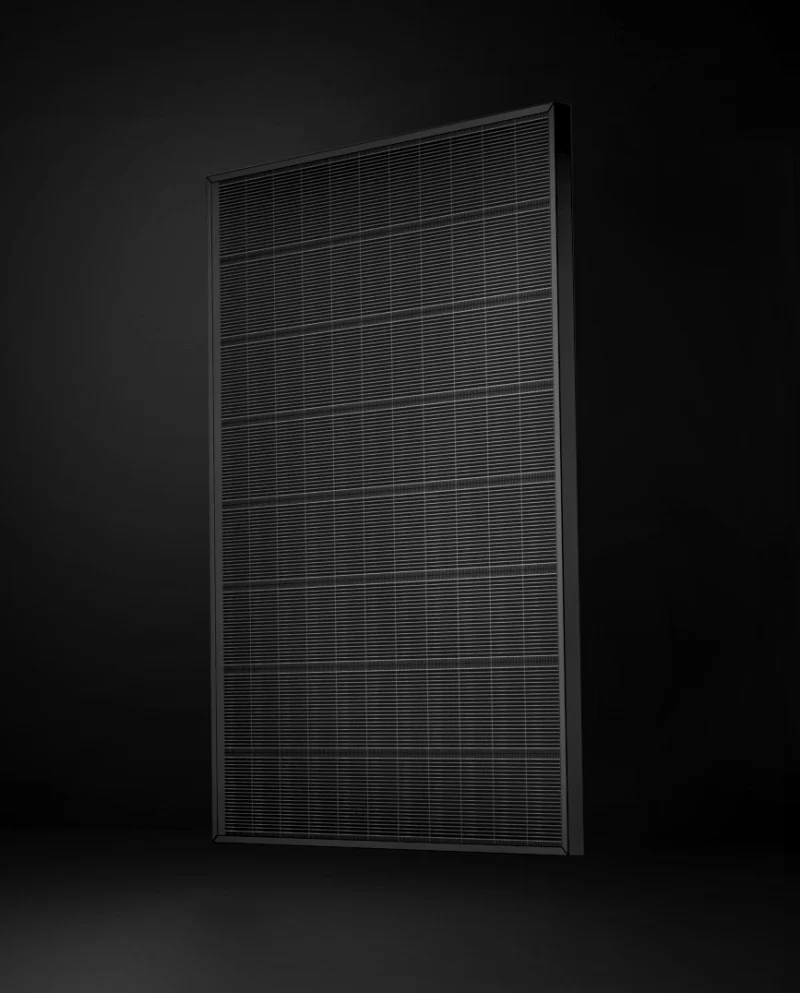
Premium solar panels are the highest quality option available. These panels are designed to provide maximum efficiency, durability and long term performance compared to other types of solar panels. In other words, premium panels will generate more power and savings over time. These panels are produced by industry leading companies who only use the best technology and materials to provide superior performance and longevity.
Key Benefits of Premium Panels:
- Higher Efficiency: Premium panels typically have efficiency ratings above 20%, but what’s most impressive is that many premium panels will maintain over 90% of their day-1 production after 25 years. This allows for better long term warranties and performance.
- Sleek Aesthetics: Premium solar panels are designed with an all-black frame to blend in seamlessly from one panel to the next.
- Longer Lifespan: Since premium solar panels are built with high quality materials, they are able to withstand extreme weather conditions like freezing cold and heavy snow.
- Superior Warranties & Guarantees: Premium solar panels will come with a 25-year warranty and a production guarantee.
Drawbacks of Tier-1 Panels:
- Lower efficiency: Tier-1 panels typically have a lower efficiency rating compared to premium models. This means they may require more panels to generate the same amount of energy as a premium panel.
- Faster Degradation: Unlike premium solar modules, Tier-1 panels tend to degrade at a much faster rate, leading to reduced energy production and lower savings over time.
- Limited Aesthetics: Tier 1 panels come with a white backsheet for the solar cells to rest on. This results in a “checkerboard” pattern that may reduce your home’s curb appeal.
- Not Built For Snowy Conditions: Premium panels like the REC Alpha Series are built with an additional back brace. This prevents micro cracks in the solar cells which is very common issue with Tier-1 panels.
Microinverters vs String Inverter: Understanding The Difference
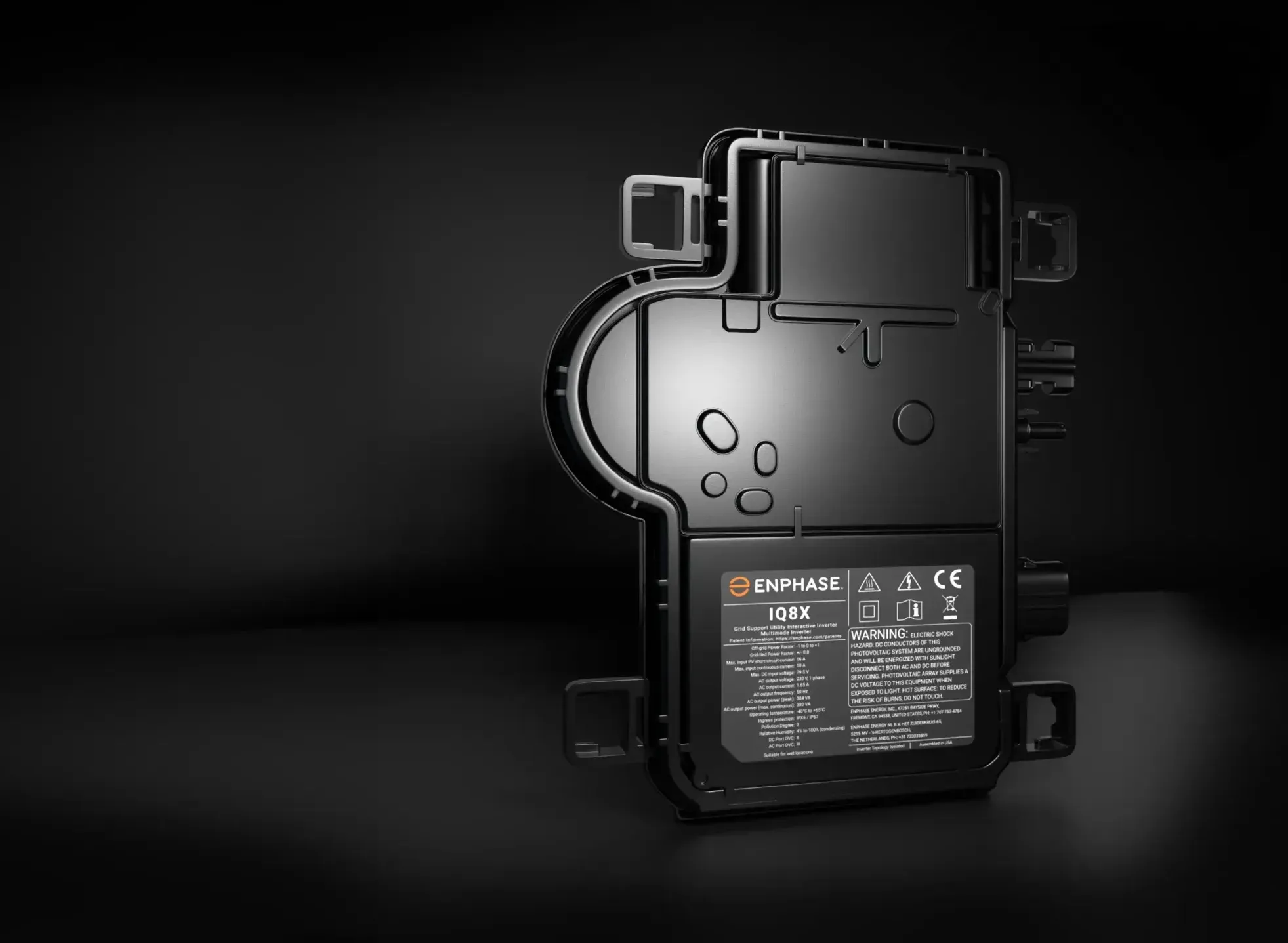
A solar inverter is designed to convert the electricity generated by a solar panel from DC current to usable AC current. Many solar companies are still offering string inverters to appear less expensive than some of their competitors. These string inverters come with reduced warranties and have a central point of failure. That means if the inverter fails, the entire system fails along with it.
Microinverters are installed at each individual panel allowing for panel-level energy conversion and optimization. This means that if one panel is shaded, underperforms or even if a microinverter stops working, the rest of the system isn’t compromised.
Empire Solar proudly offers microinverters to ensure our customers get the most out of their solar installation for decades to come.
Tip: Make sure to ask the solar company you are working with to provide a specifications sheet of the panels and inverters they are proposing to install on your home. Look for warranties, performance guarantees and degradation ratings.
Final Thoughts
Understanding these five factors can help you make smarter decisions about your solar installation and get the most value for your investment. By tailoring your system to your unique needs and working with a trusted installer, you can reduce costs, maximize savings, and enjoy the benefits of clean, renewable energy for decades to come.
